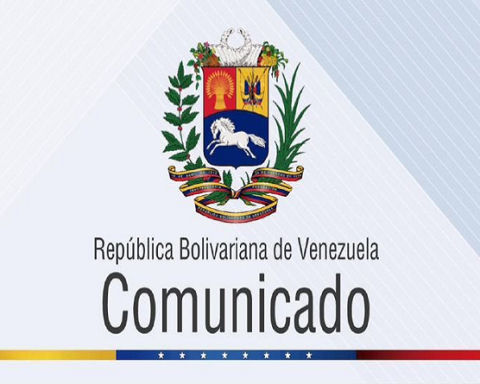The National Treasury and Social Security departments presented today (27) the new Treasury Direct title, RendA+, Extra Retirement. Created in partnership with B3, the long-term public bond is intended for investors interested in ensuring a supplementary source of income for retirement.
According to the National Treasury Secretariat, as of January 30, 2023, anyone will be able to acquire the new title through the right treasury platform?? The minimum investment amount will be around R$30 and can be redeemed in 240 monthly installments, totaling 20 years.
“Basically, the person has to answer two questions: when do I want to retire and how much do I want to receive? she enters the [plataforma do] Direct Treasury, Spear [suas respostas] it’s the simulator will tell you how much she will have to contribute monthly over the period [até o resgate do investimento]”, explained the undersecretary of the Supplementary Pension Regime, Narlon Gutierre Nogueira, adding that Brazil is the first country to implement a public pension title with the complementary characteristics of RendA+.
According to the secretary of the National Treasury, Paulo Valle, the product meets a demand for investment options in long-term bonds for social security purposes. “It is a very competitive product. It is simple, cheap, profitable and safe against inflation, as it will be corrected by the inflation rate, plus a real interest rate”, explained Valle, referring to the monthly correction of income corresponding to the investment made.
The RendA+ will be exempt from B3’s Custody Fee if the investor does not redeem the security with a limit of up to six minimum wages of monthly income before the maturity date.
If the bonds are redeemed in less than 10 years, the holder will pay a fee of 0.50% per annum on the redemption value. Between 10 and 20 years, the rate charged will be 0.20% per year. Over 20 years, 0.10% pa In addition, there are no more semiannual fees, that is, the investor only pays B3’s Custody Fee upon redemption that occurs before the security’s maturity.
















